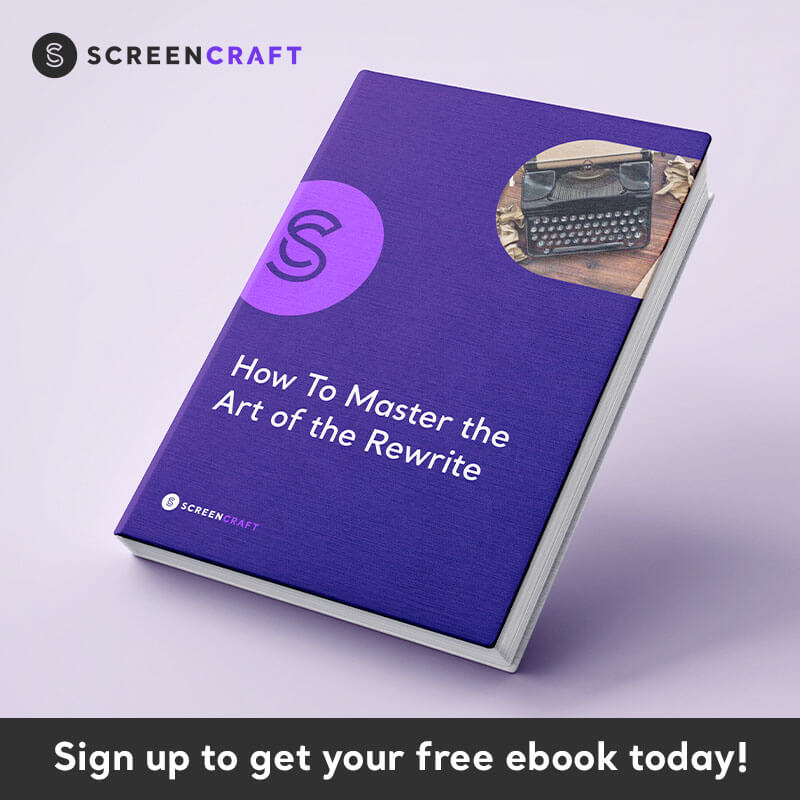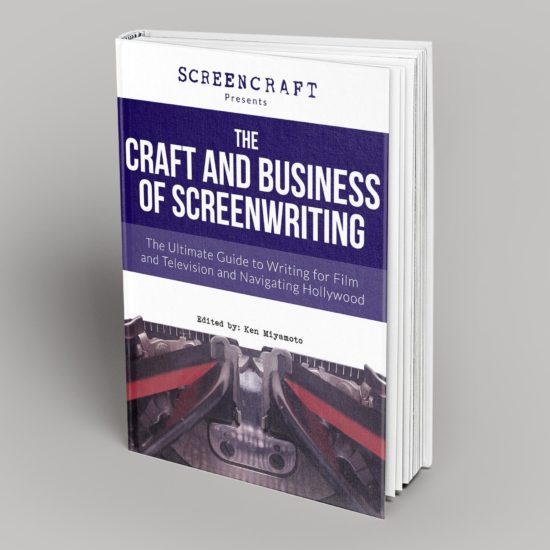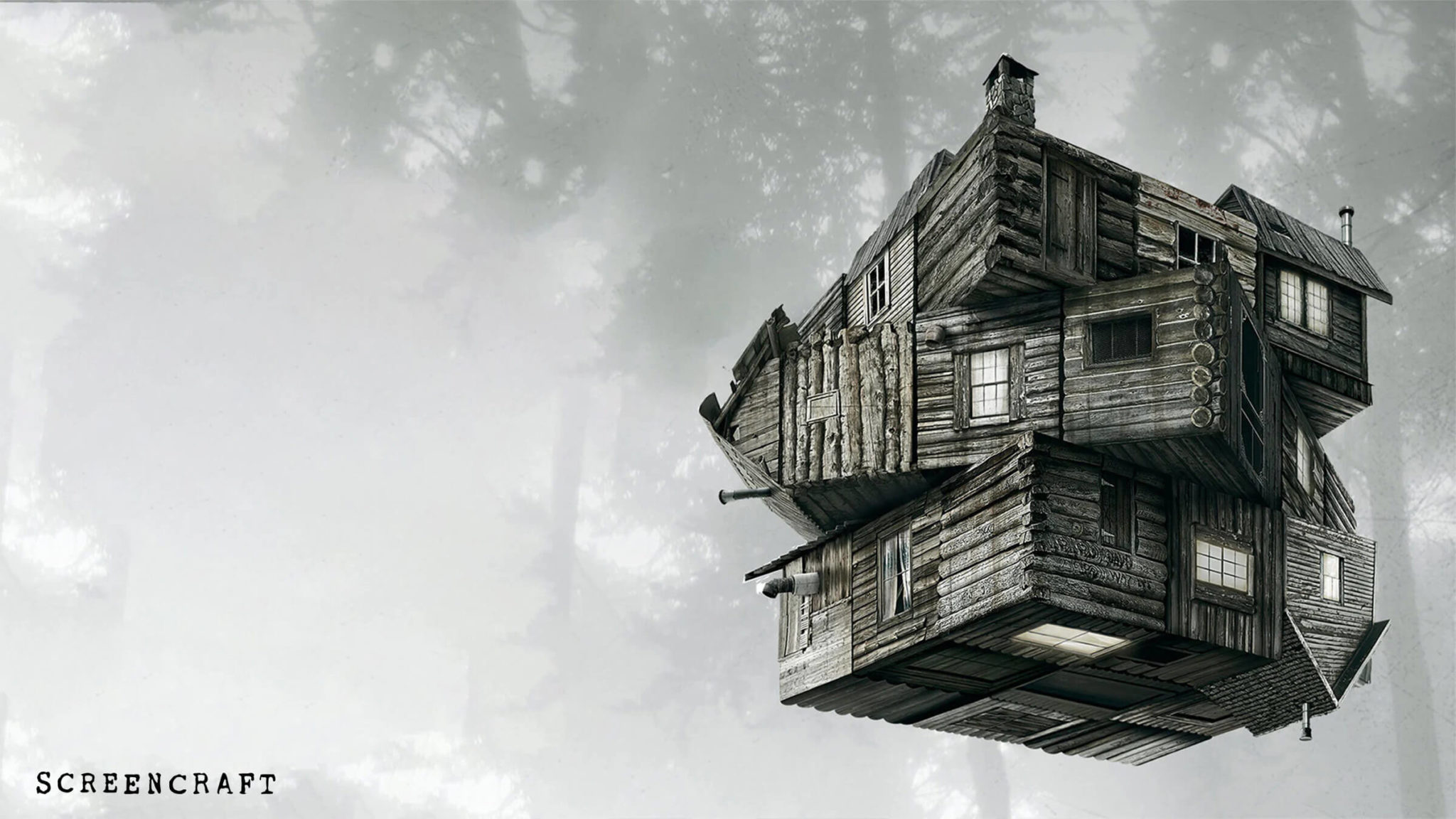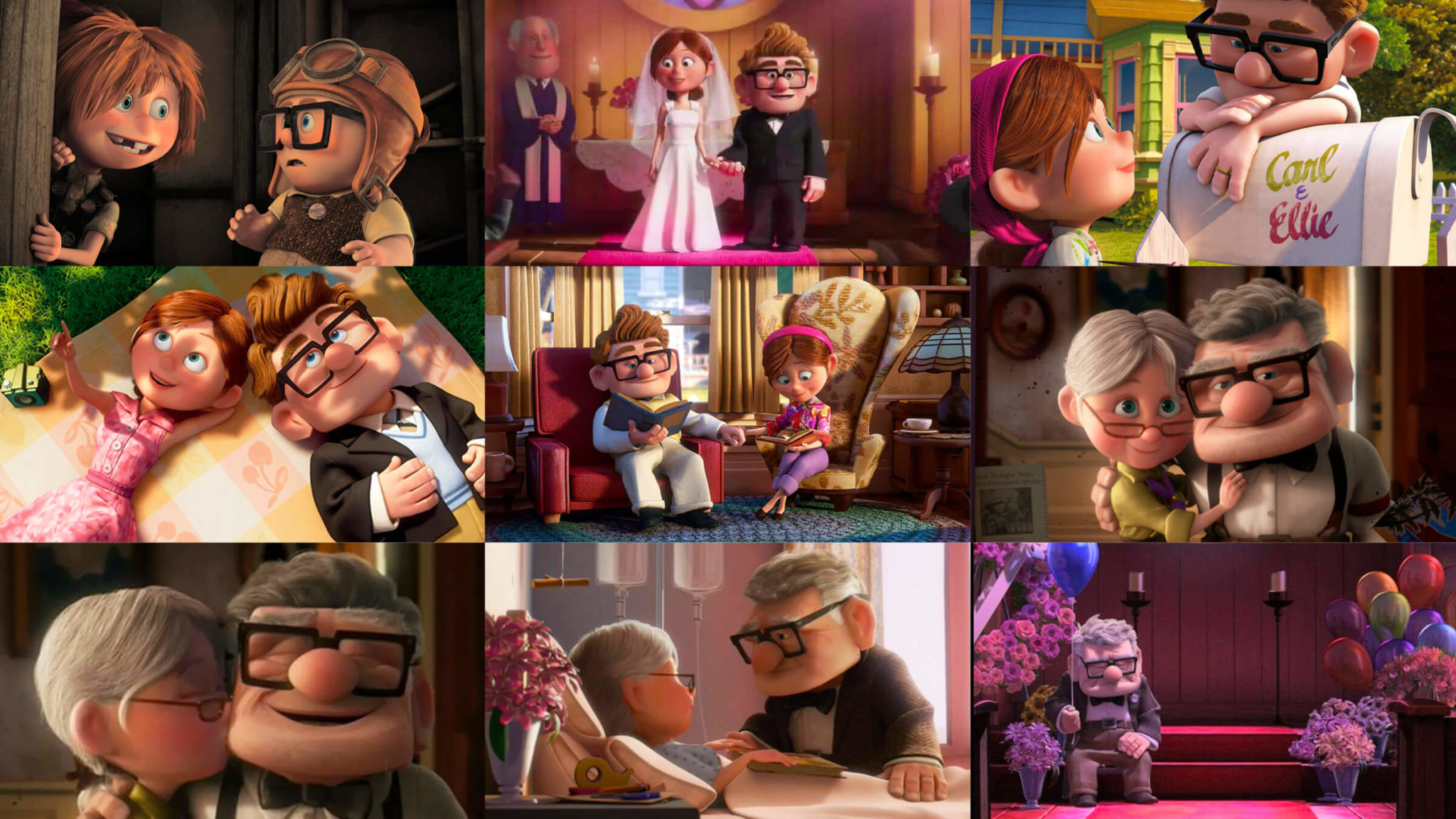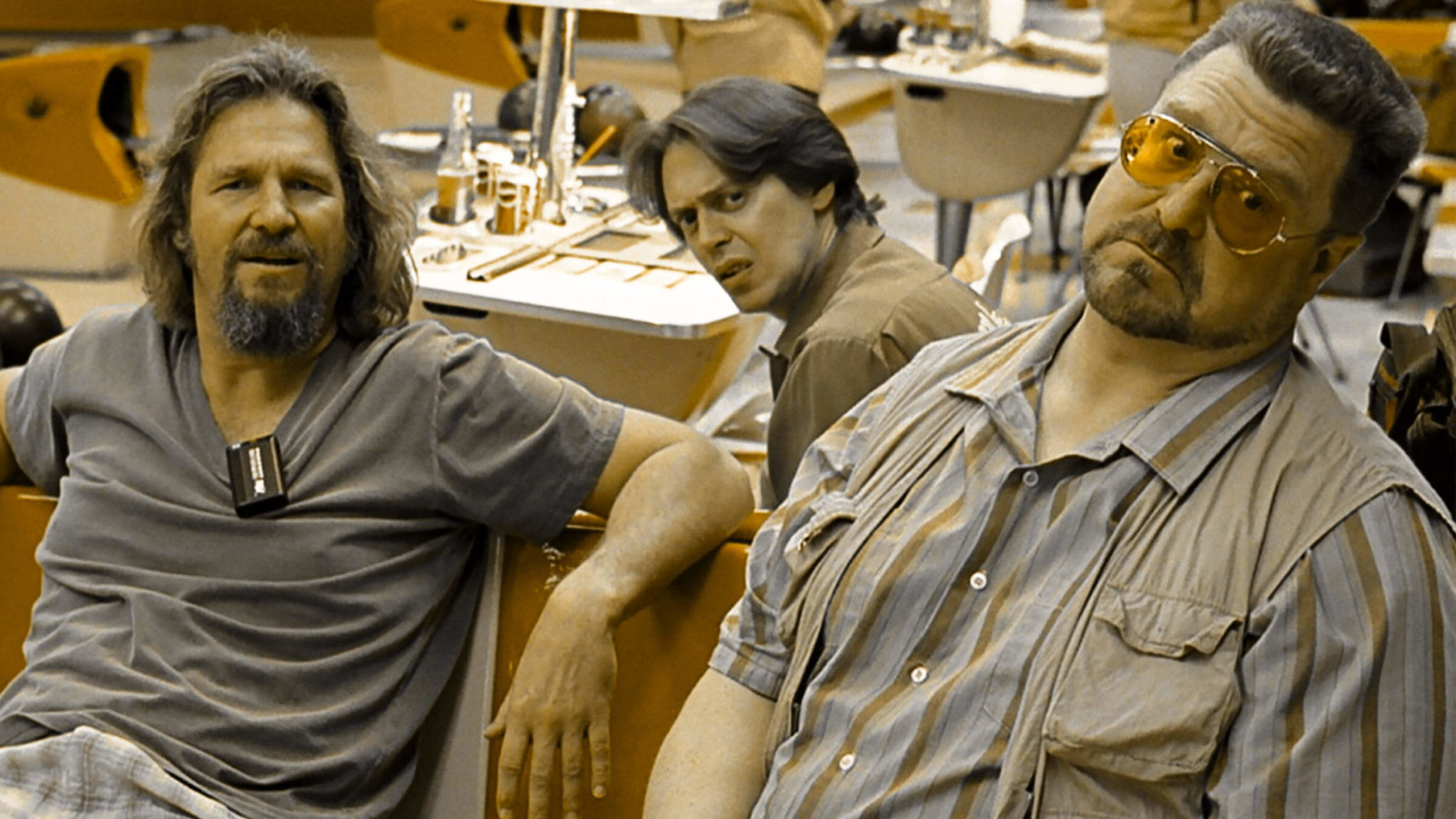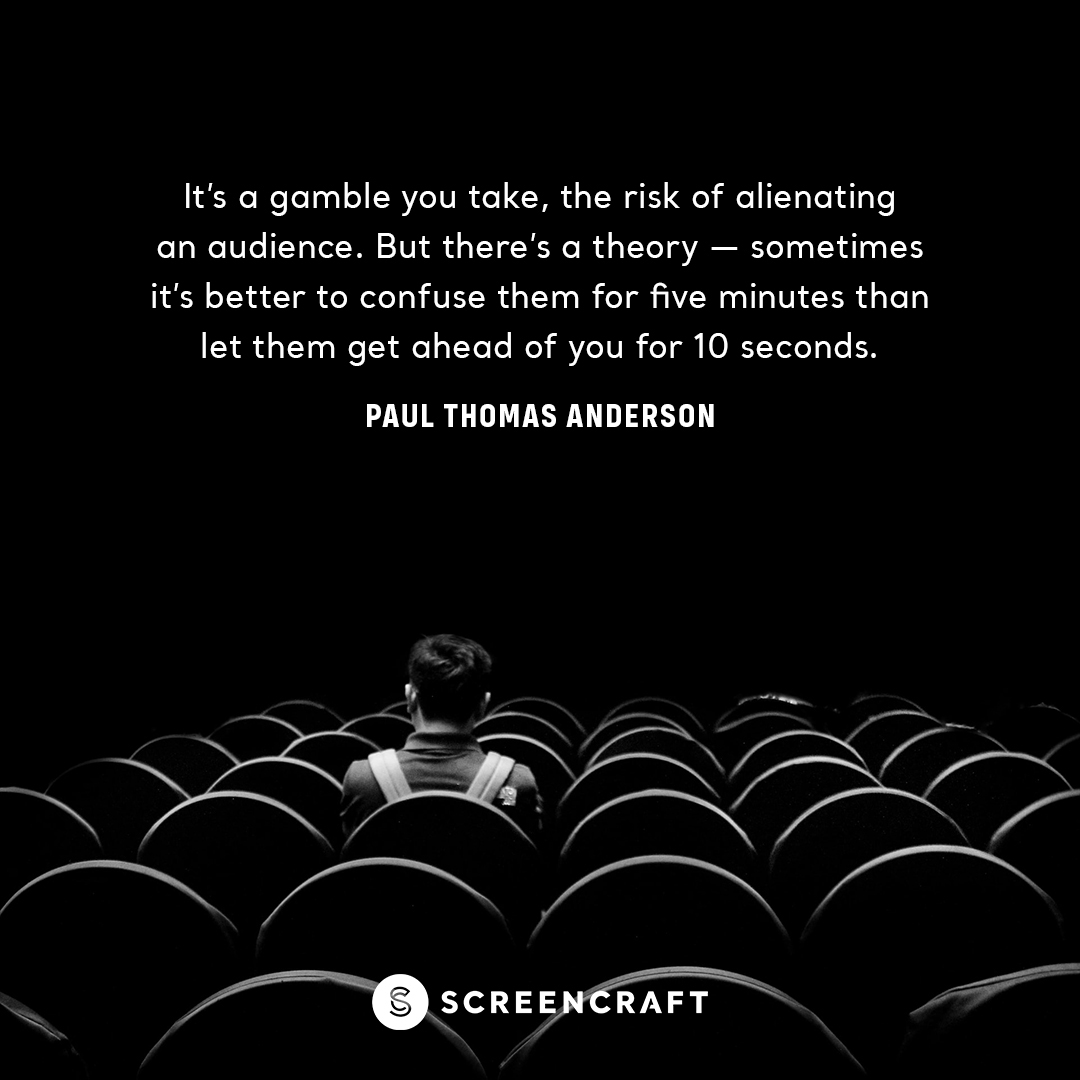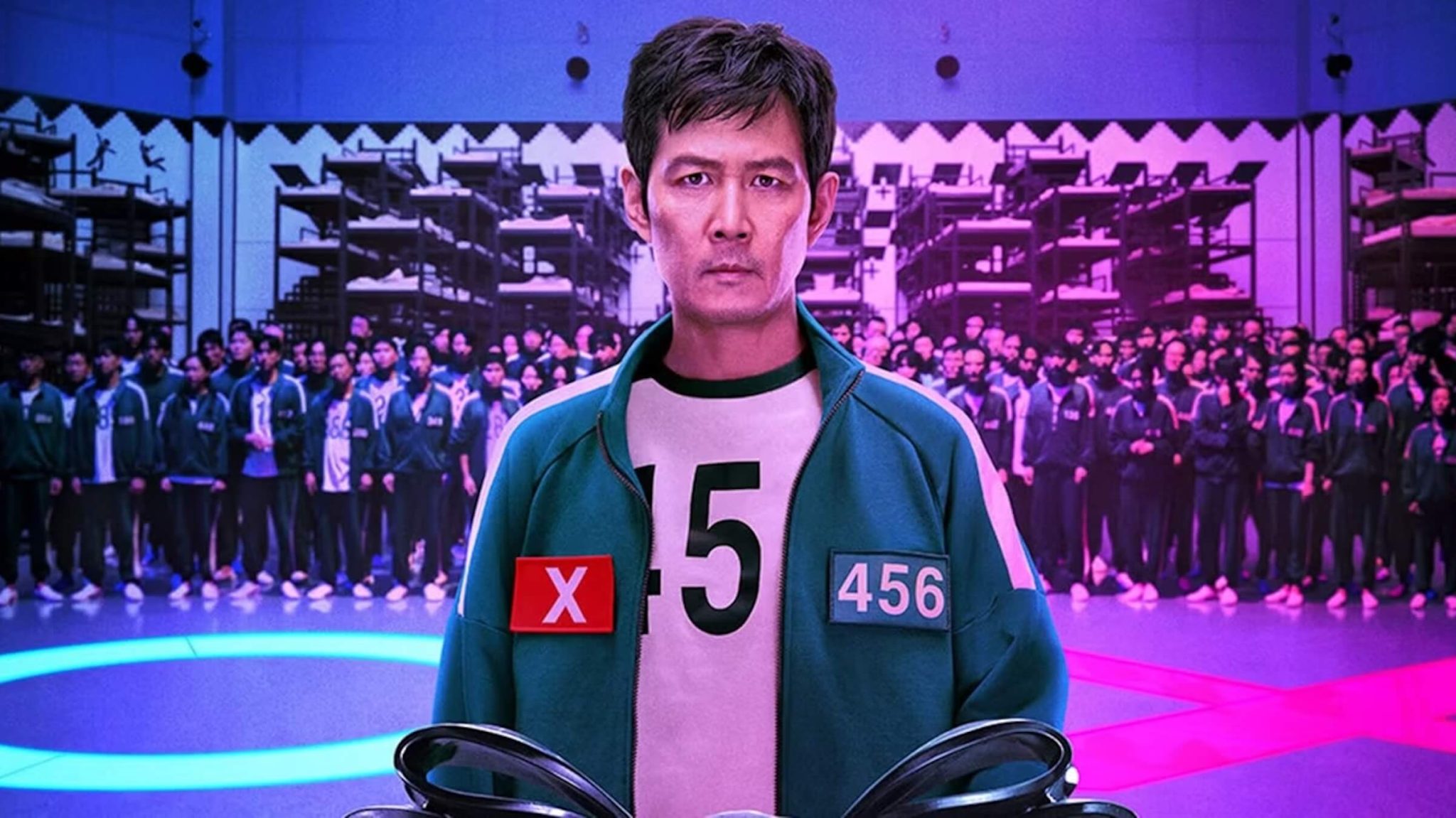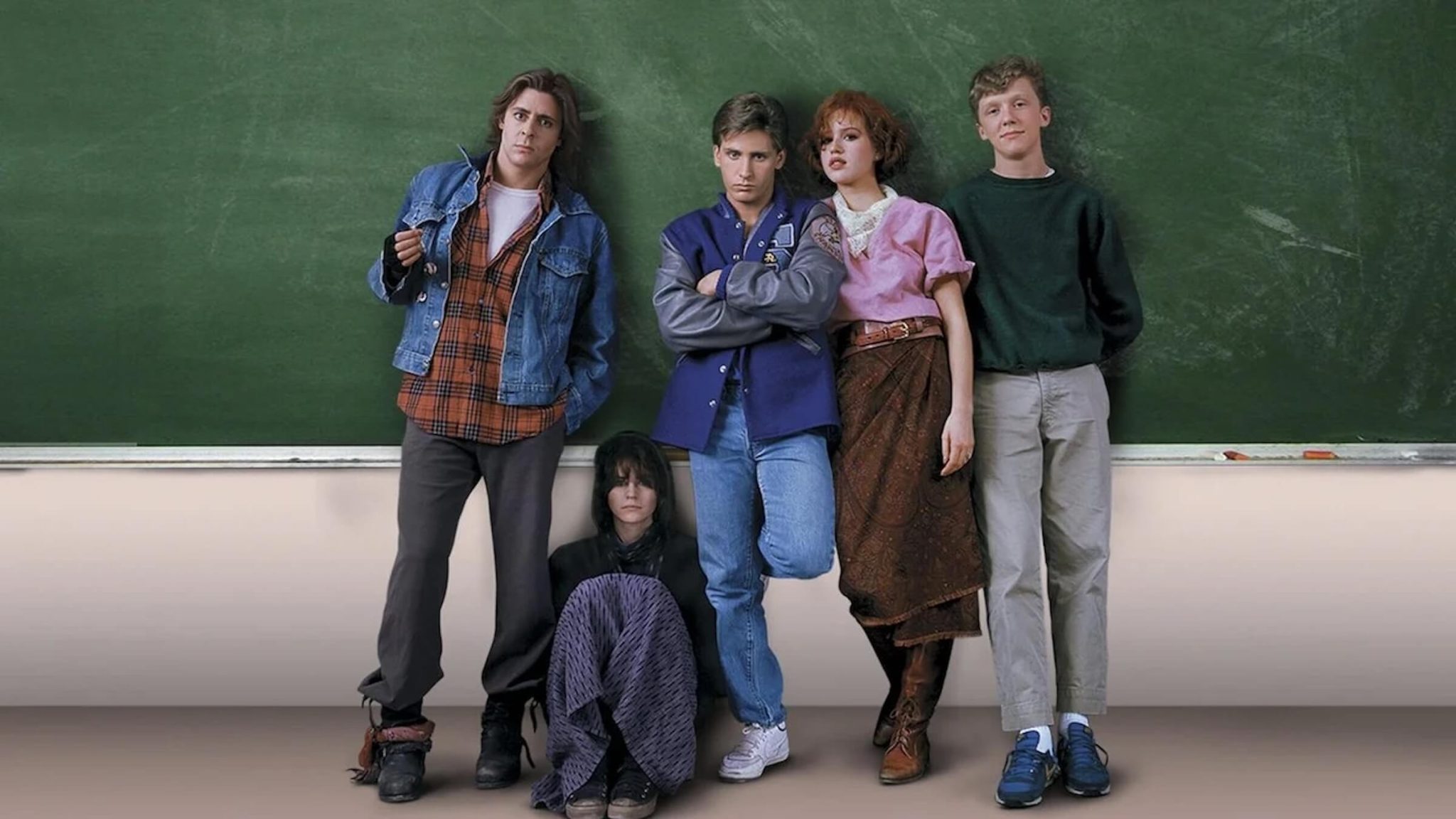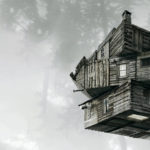Your Guide To Developing Great Movie Ideas

Ideas are a dime a dozen. Everyone thinks they have the best idea for a movie or a TV series—and many of those ideas are probably pretty intriguing at first glance. But it’s not just about conjuring an amazing concept—that’s the easy part. It’s how you deliver that concept that really matters.
With that in mind, here are some simple and easily implemented ways to turn that core idea into something worthy of investment in time, effort, and money in the eyes of Hollywood and the powers that be.
Ideas Aren’t Enough
Before we dive into the subject, it should be noted that ideas aren’t enough. The real work happens when you marry that idea with narratives, characters, plot points, story and character arcs, genre selection, tone, and themes.
You can’t even copyright an idea because ideas can be so vague and easily conjured by others. We’re all influenced by the same content, stories, and archetypes.
So, while it’s exciting when you have that spark of an idea come up in your head, know that it’s just the beginning. There’s a lot of work to be done.
As a pro-screenwriter with over 11 produced and distributed features (one miniseries), multiple meet-and-greet/pitch meetings with major studios/networks/streamers (Sony, Universal, Warner Brothers, Dreamworks, Disney, Paramount, Netflix, Lifetime, etc.), I have developed ideas using the below methods. Some have been picked up and produced. Some have gotten me into major studio, network, and streamer doors. And others? Well, you can’t win them all.
Where Do Ideas Come From?
Ideas come from everywhere.
- Our lives
- Our communities
- The news
- Movies we watch
- TV shows we binge
- Books and short stories we read
- Real stories we hear
- Folklore
- Myth
- Religion
- The world around us
You can watch a movie or TV series and see story and character avenues that were never explored. You could be reading a novel and wondering how the story could have been different if the author had focused on a supporting character or taken a different story path.
Perhaps the greatest way to conjure ideas is to ask those “What if…” questions in life.
- What if a nuclear submarine was ordered to launch its nuclear arsenal onto the world? (Crimson Tide)
- What if a little boy could see dead people when nobody else could? (The Sixth Sense)
- What if the world we live in is actually a computer simulation? (The Matrix)
- What if the Wicked Witch of the West wasn’t always so wicked? (Wicked)
The first spec script that got me into studio meetings at Sony, Universal, Warner Brothers, Dreamworks, and Disney was born from a “What if…” question that actually involved one of my examples above.
I’ve always loved Crimson Tide. It’s a powerful story that gets those imaginative juices flowing as we ponder the questions that the script poses. By the end of it (minor spoiler ahead), I conjured my own “What if…” concept from it.
Read More: 101 “What if…” Story Prompts
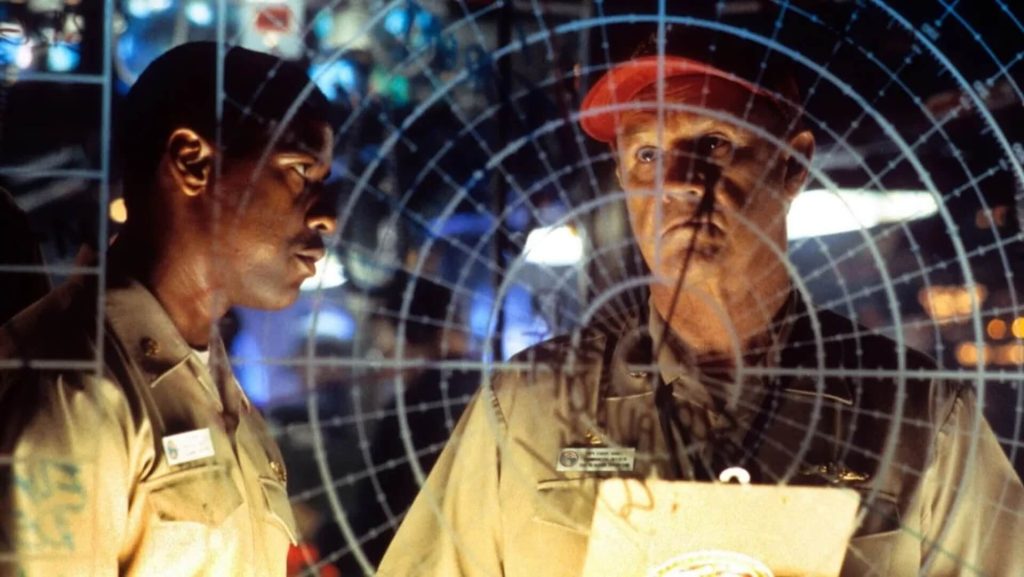
'Crimson Tide' (1995)
The Idea Is the Seed
Some ideas need to be grown. You can look at them as seeds to sow. All seeds need love, attention, water, and sunlight to grow. Even a beautiful rose is nothing more than a brown seed to start. It takes work for it to grow into something unique and beautiful.
Ideas can start as a logline, core concept, or gimmick (more on that below). They can even start as a simple visual you get stuck in your head.
- A character with a solemn gaze is sitting in the back of a police car.
- A person flying high above the clouds.
- A terrifying cornfield at night with a set of glowing eyes within it.
These are all examples of ideas that need to be tended to grow into a novel, feature screenplay, or television series.
These ideas could turn into anything, depending on how you “water” them.
- The character in the back of the police car could be a wrongfully arrested innocent.
- The person flying above the clouds could be a winged demon looking for an angel to kill.
- The being with glowing eyes could be an innocent alien creature abandoned on Earth.
How to Water the Idea Seed
This is the fun part. Identifying your idea as a seed will help you do the work to handle it with care at first.
Too many writers jump into the writing process too early, never really developing their ideas—never really giving them a chance to grow.
You can water the seed (develop your idea) in many ways.
Find the Genre
Identifying what genre you want to tell the story within is key:
- Is your idea best suited as a drama, focusing on the realistic issues, emotions, and struggles your characters are going through?
- Is it going to be funny?
- Will it be a rollercoaster ride full of twists and turns?
- Is it going to be an intriguing genre blend, melding two distinct genres together to enhance the impact and allure?
When you find the genre, you’re watering that idea seed with particular needs to fall under the branch of genre you’ve chosen. When you have general boxes that need to be checked for an idea to fall under a certain genre umbrella, it entices more creativity to come.
Read More: 101 Genre-Blend Story Prompts
Watch Movies
Once you know the genre, it’s time to do some creative research. This process isn’t about finding authentic factors to attach to your idea. It’s about diving into the genre and watching everything you can.
When you do this, your mind will start cherry-picking certain genre elements that fit best with your idea. It’s almost as if the analogy changes from your idea of being a seed that needs to grow to a mound of clay that you will add more and more to each time you watch a genre example. Slowly, you will start molding your idea into something more unique and special.
You can:
- Attach a character archetype you see in another movie to your idea.
- Place your idea into a certain story arc you’ve seen in other movies in that genre.
- Find a commonality between your idea and other successful movies while doing your best to subvert expectations (more on that below).
Read More: 5 Things Screenwriters Should Study While Watching Movies
Daydream
Again, don’t jump into the writing process. Give your idea some room and time to breathe.
All of the work you’ve done above needs to marinate a bit. You do this by visualizing the story and characters that you’re building around your idea. You can do this on your drive to work, while taking the dog for a walk, while cutting the grass or shoveling the snow, while working out, while relaxing and listening to music, while daydreaming at school or work, etc.
Let everything breathe, marinate, and settle a bit. Your brain will do a lot of the work for you. It will all come together.
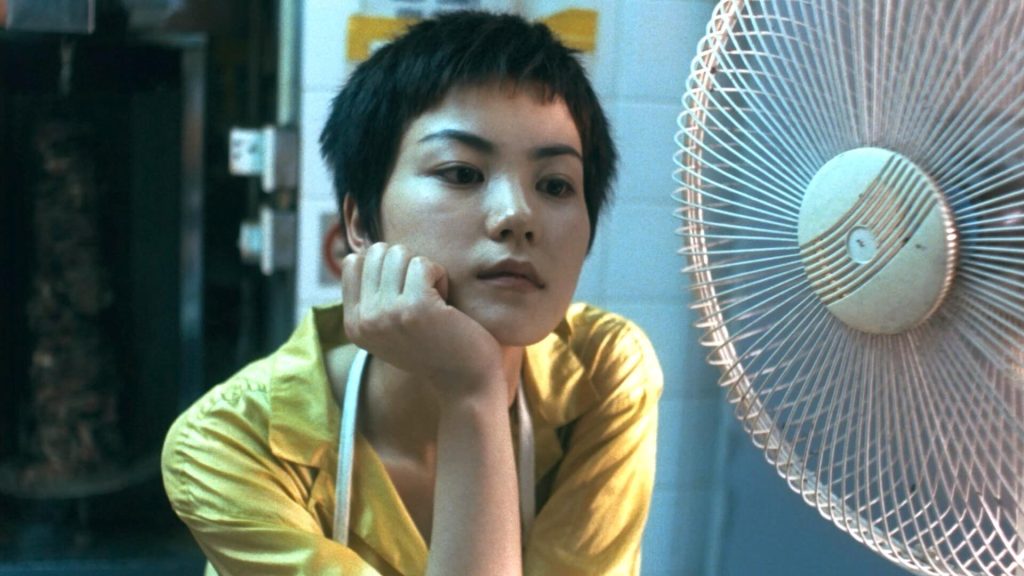
'Chungking Express' (1994)
Move Past the Gimmick
A lot of ideas are just gimmicks to start.
- A character wakes up with superpowers.
- A character finds a portal into a fantasy world.
- A character builds a time machine.
- A character wants to become an assassin.
- An Amish character wants to experience the technological world.
These aren’t fully fleshed-out ideas. These are gimmicks. You need to find the depth of those gimmicks by attaching them to narratives, plots, characters' story arcs, genres, etc.
- A character wakes up with superpowers and decides to use them to rob banks to give back to the poor.
- A character finds a portal into a fantasy world that strangely mirrors their own life in many ways, tasking them with the challenge of balancing their life in the fantasy world with their life in the real world.
- A character builds a time machine, only to learn that if they decide to use it, they can never return to their original timeline.
- A character wants to become an assassin, but they are a bumbling, clumsy man-child who can’t stand the sight of blood and has no skills to speak of.
- An Amish character wants to experience the technological world only to discover that they have a vast embedded intelligence that could create one of the most technological advances in the history of humankind.
These are all just the start of moving past the initial one-note gimmick and attaching necessary storytelling elements to create more depth and conceptual impact.
Read More: Three Fun Games To Help You Find Better Screenplay Ideas
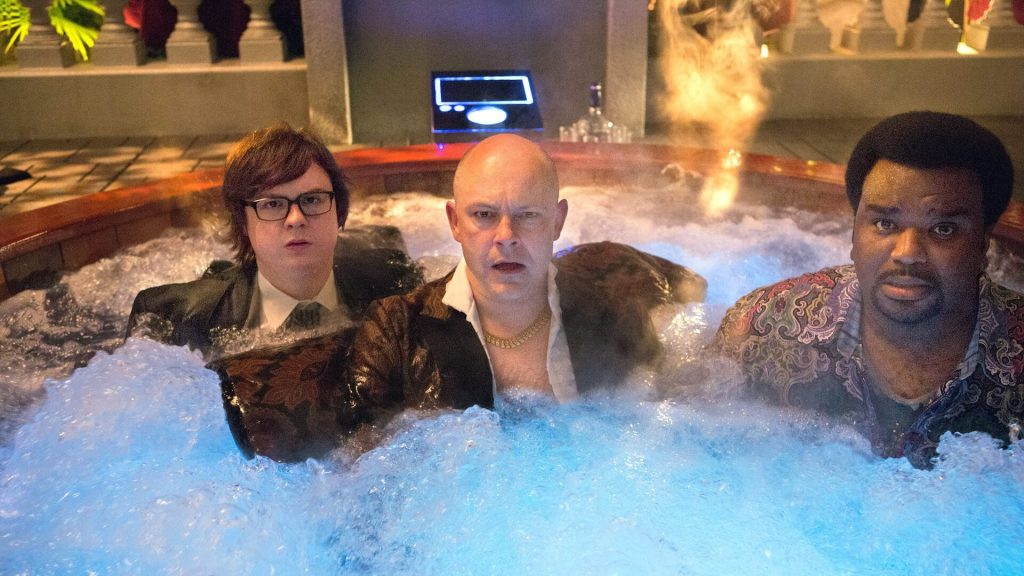
'Hot Tub Time Machine 2' (2015)
Ask Story Development Questions
This is where the true development of an idea begins. There are questions you can ask yourself to trigger your imagination and get your creative juices flowing.
- Who is the protagonist?
- What is their external conflict?
- What is their internal conflict?
- Who or what is the antagonist?
- Where does the story take place?
- How can you raise the stakes even more?
Some writers rely on established formulas, structured frameworks, or detailed beat sheets to shape their stories. Those are all viable practices. However, the truly insightful and talented writers go deeper. They take the time to ask themselves as many thoughtful questions as possible.
Why? Because questions push the mind to explore and to seek answers. And the answers that emerge from this mental and imaginative exploration are the essence of your story and its characters.
These questions—and the insights they reveal—become your compass, guiding you through the development process. They help you craft narratives that are deeply engaging, emotionally resonant, and unforgettable for your audience.
Development is a flexible and creative process you can engage in anywhere, anytime. You don’t need to be sitting at a keyboard or scribbling in a notebook to make progress.
You can pose these pivotal questions during everyday moments in your life.
Allow your mind to roam freely. Meditate, daydream, or simply reflect. This creative wandering is where the seeds of your stories take root and grow.
Read More: The Ultimate List of Story Development Questions
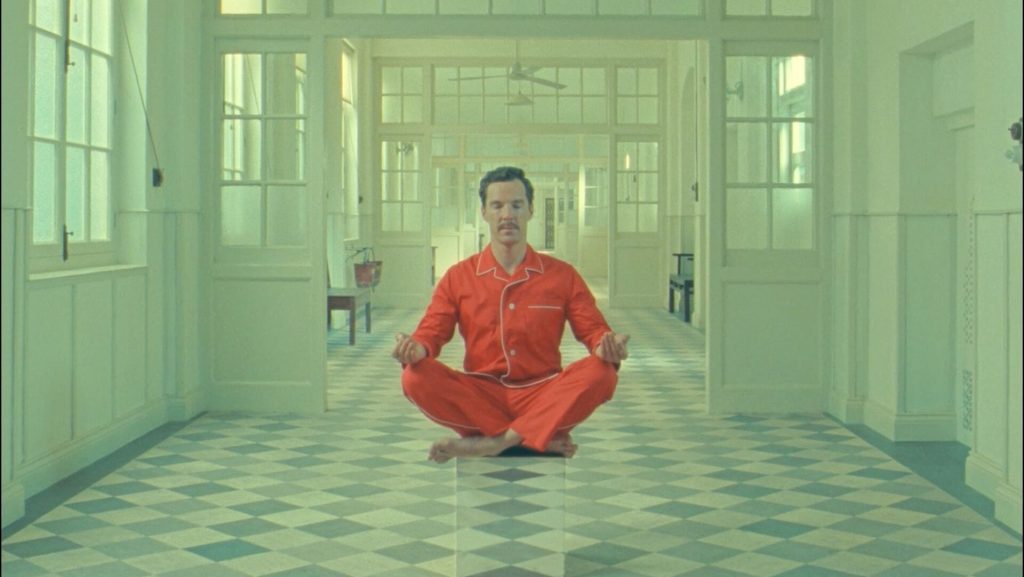
'The Wonderful Story of Henry Sugar' (2023)
Make Sure Your Ideas Haven't Been Done Before
It never hurts to do a little background research for your concept. A simple Google search can do wonders to make sure that the avenue you’re taking with your idea hasn’t already been done—at least in the you want to tell the story.
Always Strive to Subvert Expectations
This is the key to developing a compelling idea! Since we know that most ideas and concepts have been done in one similar way or another, we also know that the only way your idea stands out is by offering something new.
Now, Hollywood usually offers what audiences want most—something familiar. But they equally want a new familiar. This is where subverting expectations come in.
When you’re dealing with certain genres and certain types of concepts, there are expectations from the audience (and, thus, from Hollywood as well).
If a genre or concept trope generally leads down one path, find a way to lead the audience down a surprisingly different path. Shake things up. Flip an otherwise familiar concept on its head.
---
There’s no secret formula to do this. If there were, we’d all be rich. The key thing is to let your imagination run wild on any idea you’ve conjured. The answers will eventually present themselves.
Read More: Writing Toward and Against Expectations
Try our Genre Notes and get matched with a reader with relevant industry experience!
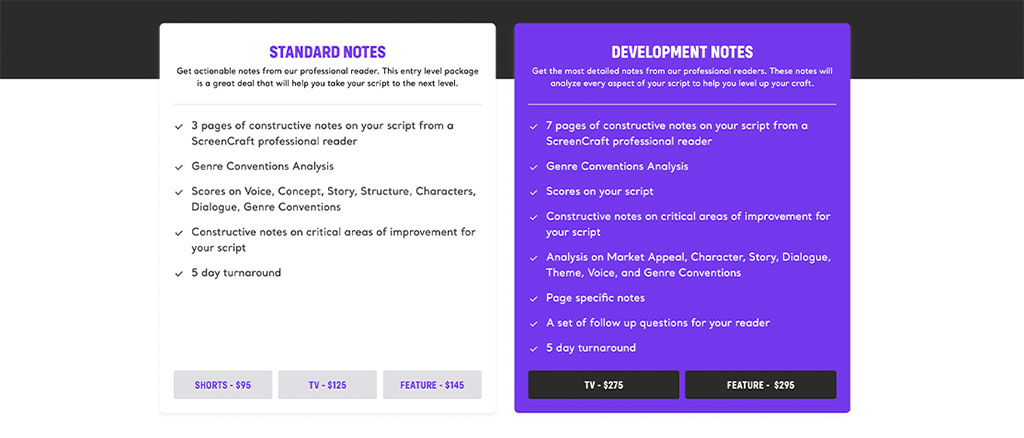
Ken Miyamoto has worked in the film industry for nearly two decades, most notably as a studio liaison for Sony Studios and then as a script reader and story analyst for Sony Pictures.
He has many studio meetings under his belt as a produced screenwriter, meeting with the likes of Sony, Dreamworks, Universal, Disney, Warner Brothers, as well as many production and management companies. He has had a previous development deal with Lionsgate, as well as multiple writing assignments, including the produced miniseries Blackout, starring Anne Heche, Sean Patrick Flanery, Billy Zane, James Brolin, Haylie Duff, Brian Bloom, Eric La Salle, and Bruce Boxleitner, the feature thriller Hunter’s Creed, and many Lifetime thrillers. Follow Ken on Twitter @KenMoviesand Instagram @KenMovies76.
Tags
Get Our Screenwriting Newsletter!
Get weekly writing inspiration delivered to your inbox - including industry news, popular articles, and more!


